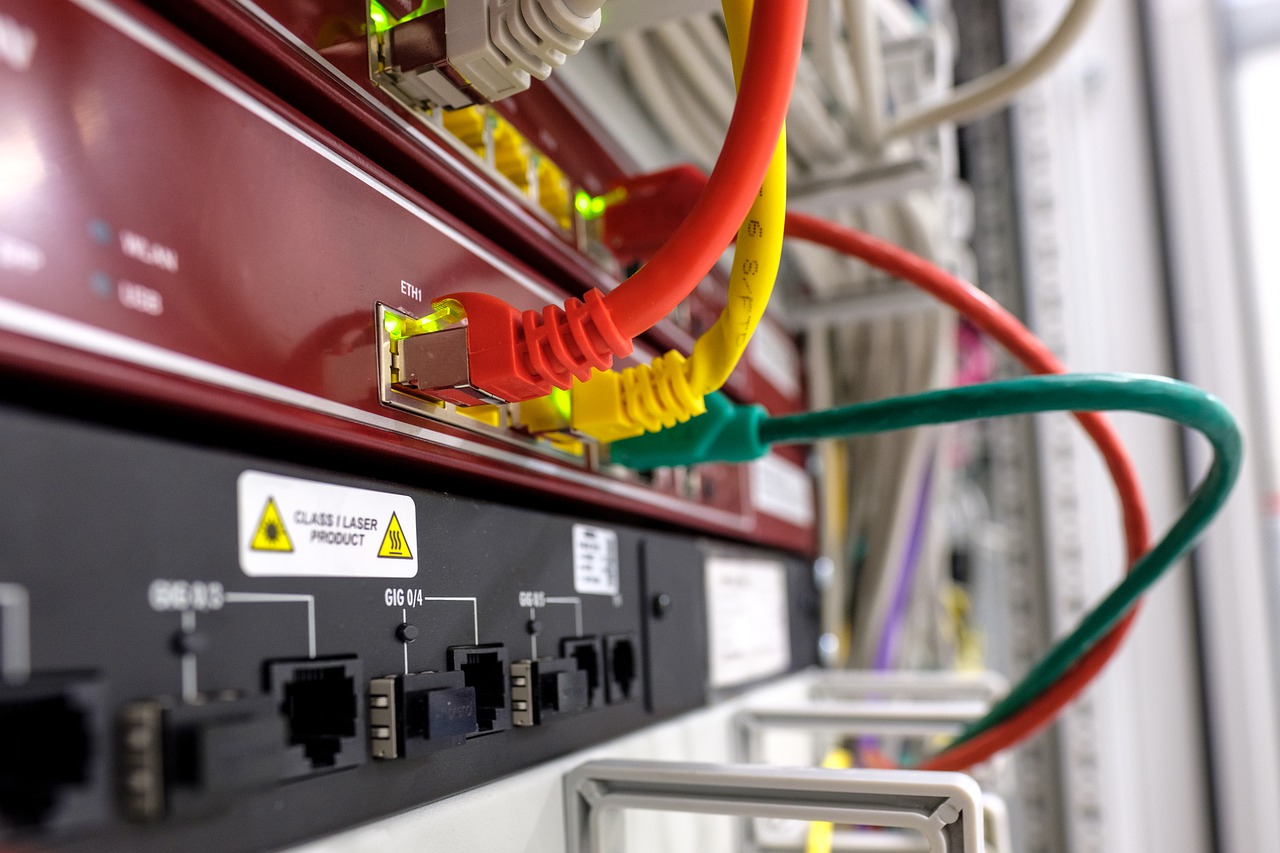In today’s post, we have nano-influencers on the schedule and as you probably already know, we have previously talked about micro-influencers and the benefits of using small influencers for marketing, but what exactly are nano-influencers and how come they have increased in popularity in recent months?
We have the answers to your questions as well as a lot of useful information about this relatively new kind of influencers for marketing on social media.
Contents
What are nano-influencers?
Let’s start from the beginning and offer a basic overview of what nano-influencers are. Nano-influencers are, as the name reveals, influencers that are even smaller than micro-influencers. These are simply “regular” users on social media who do not consider themselves influencers or who do not qualify as influencers based on previous requirements. A nano-influencer can be an ordinary citizen with as little as 1000 followers on Instagram and nano-influencers are the latest trend among brands that want to market on Instagram and other social media platforms.
You probably have a friend or colleague on Instagram who has a natural ability to get many likes compared to the number of followers. These users understand exactly how to combine an image with text to attract attention and this is exactly what brands have started to use. So how come nano-influencers have become a trend and what are their functions? To better understand that, we have to rewind time a bit.
Development of nano-influencers
When influencer marketing was first started, only international celebrities with millions of fans from around the world got the chance to market products on Instagram, artists like Beyonce and Rihanna worked diligently on Instagram and also athletes like David Beckham Shortly afterwards, brands became interested in more pure influencers. who has only become known via social media, Kim Kardashian and her sisters are a good example of this. In connection with the influence of influencers growing and the market becoming larger and larger, the number of influencers also grew with hundreds of thousands and often several million followers. According to many, it was only here that influencer marketing became a global phenomenon and it was also now that ordinary people began to understand the concept of marketing on social media.
But as always, those who were most active in the industry and above all the brands that drove development forward wanted to optimize the process and find new effective solutions. They started experimenting with smaller influencers and stopped staring blindly at users with millions of followers. It had soon been realized that smaller influencers fulfilled several good functions and that in many cases better results could be achieved with several small influencers than one large influencers, the concept of micro-influencers had been born. Instead of looking for influencers based on the number of followers, engagement now became more important. As always, it is in the brands’ interest to reach as many potential customers as possible for as low a price as possible, and when it comes to social media, micro-influencers are hard to beat.
The emergence of nano-influencers
In recent years, micro-influencers have been the biggest trend in influencer marketing on all platforms from Instagram and Snapchat to YouTube. Their relatively small number of followers has offered phenomenal results and in many ways they have fundamentally revolutionized marketing. Micro-influencers have proven that you do not have to be a global super celebrity to sell products to large companies and that with 30,000 followers you can actually start a career and have your voice heard. But as we just mentioned, brands are constantly looking for new ways to optimize their campaigns and that was where the idea for nano-influencers was born.
Instead of relying on influencers with tens of thousands of followers who, after all, worked hard to achieve the status of “influencers”, they began experimenting with regular users, the users who follow influencers. The idea with social media campaigns is that ads and collaborations should feel as natural as possible. As a potential customer, there should be no doubt that the person recommending a product actually uses the product in question and this does not feel more “genuine” than between two completely ordinary users. Brands that previously worked with micro-influencers have simply started to turn to even smaller influencers and instead of looking for users with tens of thousands of followers, it is enough with users who have a couple of thousand followers and high commitment.
Opportunities with and the future of nano-influencers
When it comes to maximizing ROI and earnings in influencer marketing, nano-influencers are the new thing that many are investing in. As I said, brands today can employ a combination of micro- and nano-influencers to achieve better results than previously possible. It is a “no brainer” and a win-win for both brands and influencers.
So far, the concept is in its infancy, although we have begun to see signs that this will be a major trend and we suspect that it will grow during the year. In connection with companies hearing about how well nano-influencers are performing, interest will spread and we see no reason why the market should not continue to grow. Given that Instagram today has more than 1 billion active users, the possibilities are endless. If we also look at other social media and YouTube, the number of potential nano-influencers becomes almost incomprehensible. In other words, nano-influencers are a trend with enormous potential and yet no one knows where or when it will end.
Limitations and disadvantages of using nano-influencers
As with everything in the world, nano-influencers are not just gold and green forests. The two biggest downsides that nano-influencers are behind have to do with work effort and responsibility. When brands started using micro-influencers, it became clear how much more work was required to find and activate more small influencers and the same thing will happen now. Finding, selecting and activating nano-influencers obviously requires some work. On the other hand, most brands already have experience in hiring micro-influencers and can therefore use similar tricks. In addition, there are practical solutions such as using an influencer network instead of doing all the work on your own.
The other and in many ways more important side has to do with the brands’ responsibility towards customers. Namely, it will be up to the brands to ensure that all their nano-influencers follow current laws and regulations and that all ads are marked correctly, otherwise both brands and influencers risk being penalized. That said, the benefits of nano-influencers outweigh the disadvantages and we see no reason why nano-influencers will not be the next potential trend in influencer marketing.






